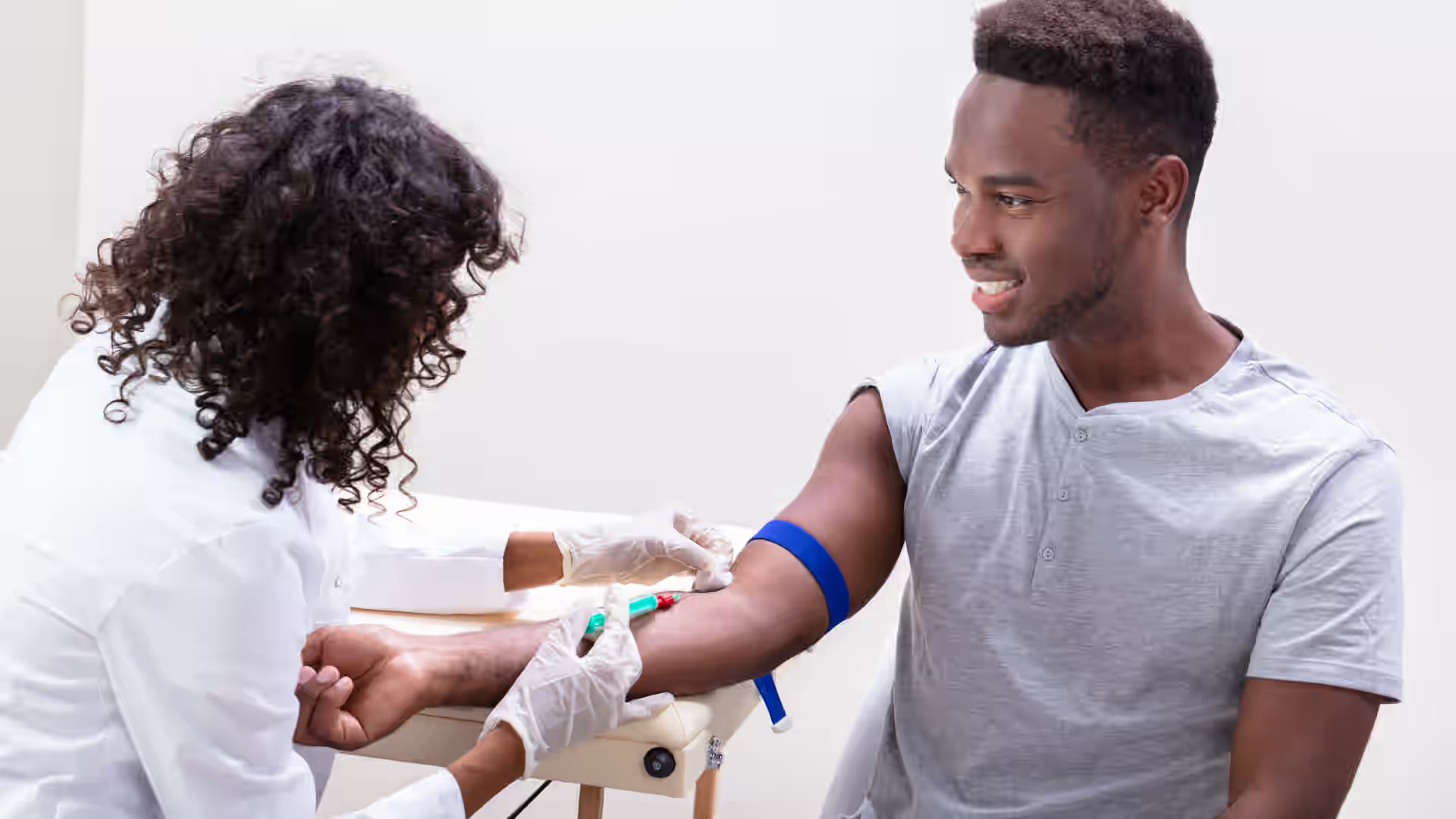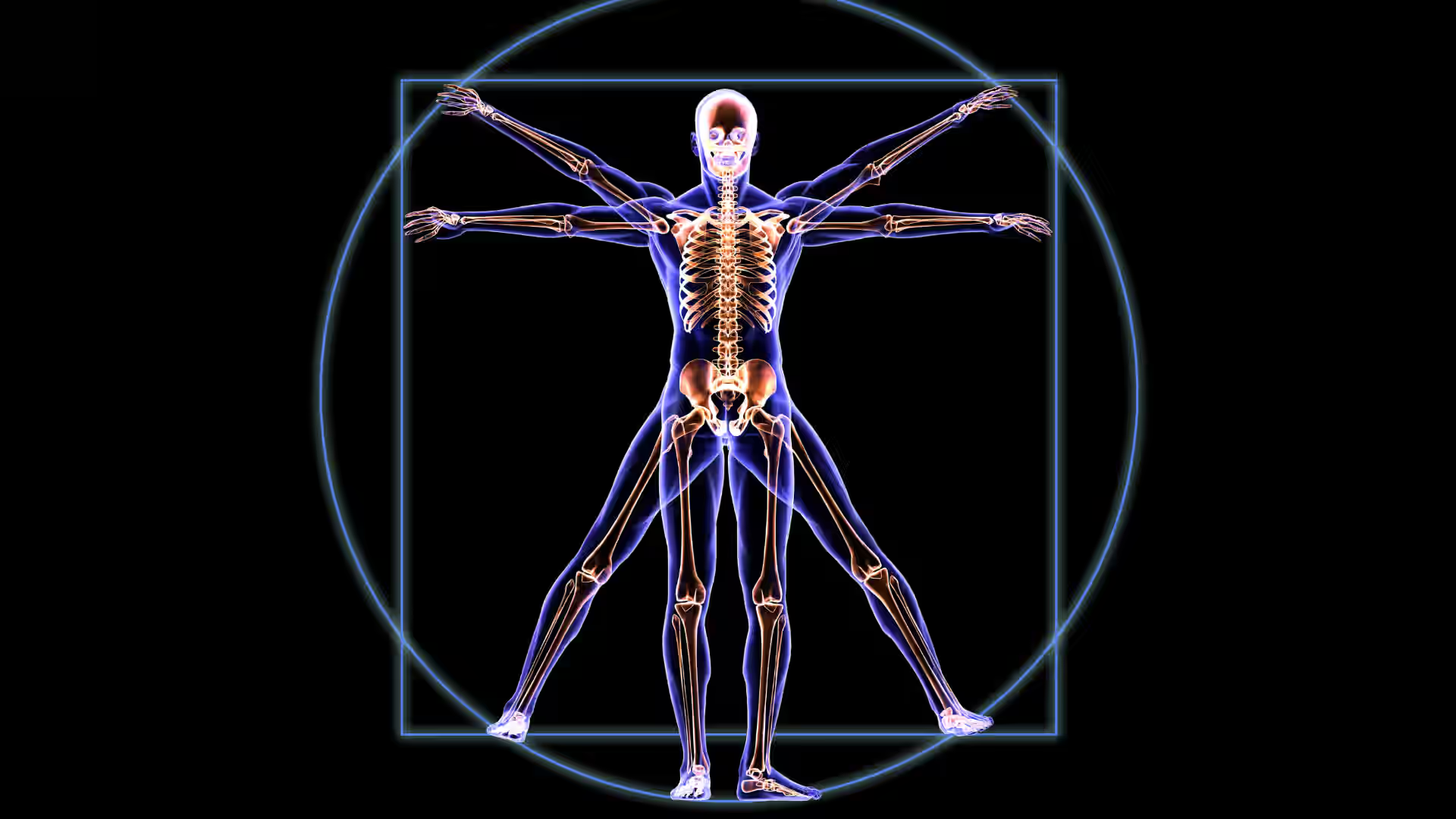Lead poisoning occurs when lead builds up in the body, affecting the brain, nervous system, and vital organs. It is especially harmful to children, leading to developmental delays and long-term health complications.
Although the use of lead in paint, gasoline, and plumbing has been restricted in many countries, exposure remains a concern. Contaminated water, soil, food, and consumer products continue to pose risks, particularly in areas with industrial pollution or aging infrastructure.
This article explores lead poisoning, including the causes, symptoms, diagnosis, treatment, and prevention, emphasizing its global impact and ongoing efforts to reduce exposure.
[signup]
Overview of Lead Poisoning
Lead poisoning results from buildup in the body, damaging vital organs and systems.
Lead is a toxic metal found in the Earth's crust, but human activities have contributed to environmental contamination, particularly in industrial and urban areas.
There is no safe level of exposure, and even small amounts can cause harm, especially in children and pregnant women.
Once absorbed, lead is distributed to the brain, liver, kidneys, and bones, where it can accumulate over time.
Sources of Lead Exposure
Lead exposure occurs through industrial, environmental, and household sources, including:
- Industrial activities: mining, smelting, manufacturing, and recycling
- Consumer products: lead-based paints, pigments, ceramics, jewelry, toys, traditional cosmetics, and some medicines
- Drinking water: contaminated by lead pipes, solder, and fittings
- Lead-acid batteries: used in motor vehicles and other applications
Routes of Exposure
Lead enters the body primarily through:
- Inhalation: breathing in lead particles from industrial emissions, burning materials containing lead, or stripping old lead-based paint
- Ingestion: consuming contaminated dust, soil, water, or food
Children are at the highest risk as they absorb 4–5 times more lead from ingested sources than adults. Their natural hand-to-mouth behavior increases exposure, especially in lead-contaminated dust or soil environments.
Symptoms of Lead Poisoning
The impacts of lead poisoning depend on the level and duration of exposure. In mild cases, symptoms may be subtle or absent, making early detection difficult.
Symptoms in Children
- Delayed growth and development
- Learning difficulties and reduced attention span
- Behavioral changes, including irritability and aggression
- Hearing impairments
- Frequent headaches
- Seizures
- Chronic abdominal pain
Symptoms in Adults
- Memory loss and difficulty concentrating
- Mood swings and personality changes
- Nerve damage
- Metallic taste in the mouth
- Muscle weakness and joint pain
- Reproductive problems in both men and women
Although rare, extremely high lead levels can cause severe neurological effects, including seizures and coma. Since symptoms often develop gradually, routine screening is essential for at-risk individuals.
Diagnosis of Lead Poisoning
Lead poisoning is identified through a blood test that measures lead concentration in micrograms per deciliter (mcg/dL). A small sample is collected either from a finger prick or a vein.
Routine screening is typically recommended for children ages 1 and 2 to detect early exposure. Regular monitoring is advised if test results show 5 mcg/dL or higher. When levels reach 45 mcg/dL or more, medical treatment is necessary to reduce lead in the body.
Treatment for Lead Poisoning
The primary treatment strategy is to eliminate the source of lead exposure to prevent further absorption. If complete removal is not feasible, steps should be taken to minimize the risk of exposure.
Avoiding continued exposure may allow the body to decrease lead concentration for individuals with low lead levels gradually.
However, severe cases require medical intervention:
- Chelation therapy: A medication binds with lead, enabling its removal through urine. This treatment is recommended for children with blood lead levels of 45 mcg/dL or higher and adults with high exposure.
- EDTA chelation therapy: In cases where standard chelation therapy is unsuitable, calcium disodium ethylenediaminetetraacetic acid (EDTA) is used to help eliminate lead from the bloodstream.
Chelation therapy can be effective but may carry risks, including kidney stress or mineral imbalances.
Early diagnosis and intervention are critical to minimizing the long-term health effects of lead poisoning.
Preventing Lead Poisoning
Minimizing lead exposure is the most effective way to prevent poisoning.
Key steps include:
- Nutritious Diet: Eating iron, calcium, and vitamin C-rich foods helps reduce lead absorption.
- Home Testing: Homes built before 1978 should be inspected for lead in paint and dust.
- Safe Paint Management: For renters, report peeling paint to landlords. If the issue remains unresolved, notify health authorities. Homeowners should consider professional lead paint removal.
- Maintaining Cleanliness: Regularly wash hands, toys, and surfaces to eliminate lead dust.
- Water Safety: If lead pipes are present, run cold water before use and consider lead-certified filters.
- Proper Renovation Practices: Avoid DIY (do it yourself) removal of lead-based paint. Hire professionals for safe handling.
- Product Awareness: Avoid imported toys, ceramics, and home remedies containing lead.
Implementing these measures can significantly lessen the risk of lead exposure and protect long-term health.
[signup]
Key Takeaways
- Lead poisoning occurs when lead accumulates in the body, damaging the brain, nervous system, and organs, with children being most at risk.
- Exposure comes from contaminated water, soil, consumer products, and industrial pollution, making prevention essential.
- Symptoms range from developmental delays and learning difficulties in children to high blood pressure, nerve damage, and reproductive issues in adults.
- Diagnosis is confirmed through blood tests, with treatment required when lead levels reach 45 mcg/dL or higher.
- Treatment focuses on eliminating exposure sources, while severe cases may require chelation therapy or EDTA therapy to remove lead from the body.
- Preventive measures like home testing, proper hygiene, safe water use, and avoiding lead-containing products can significantly reduce exposure risks.






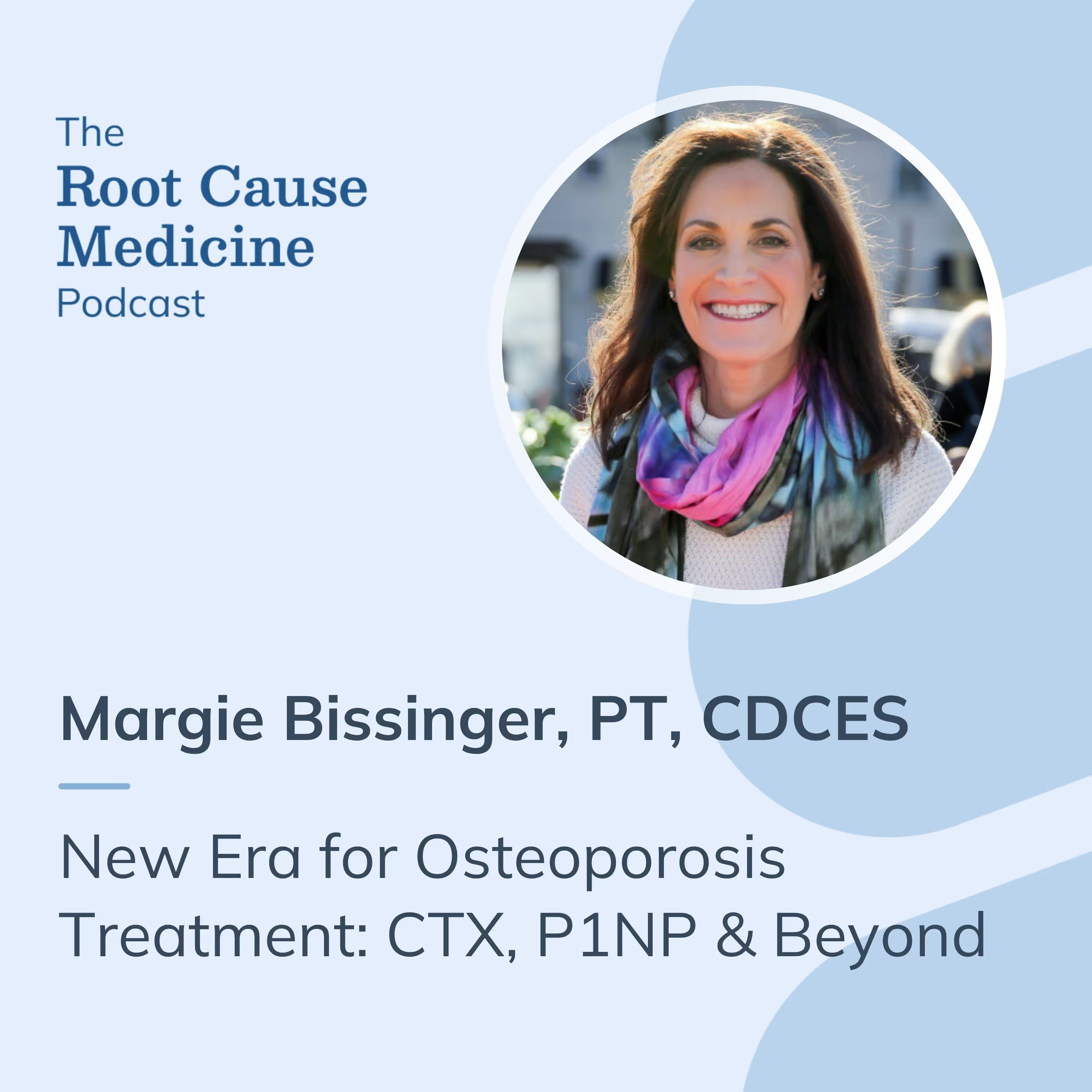
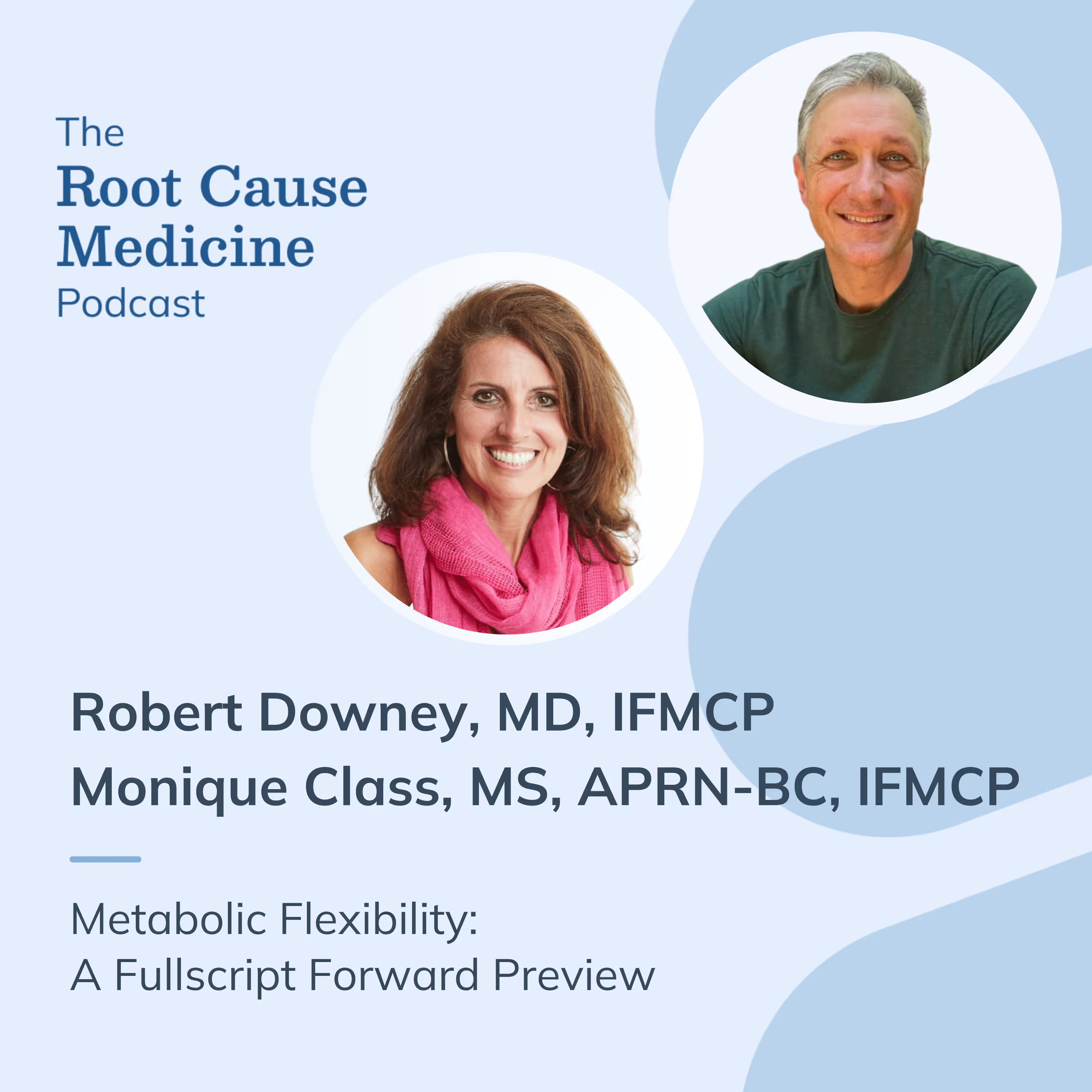
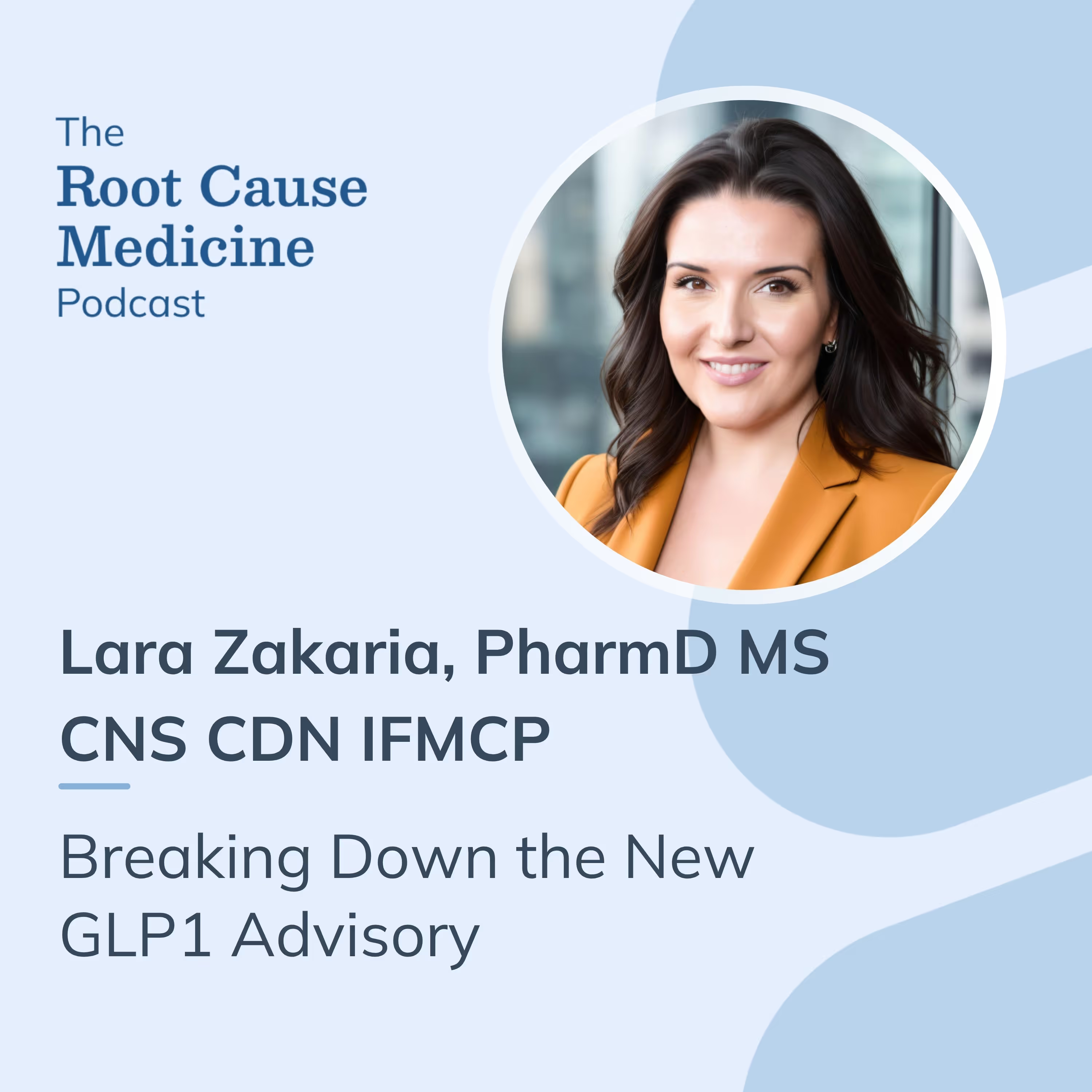
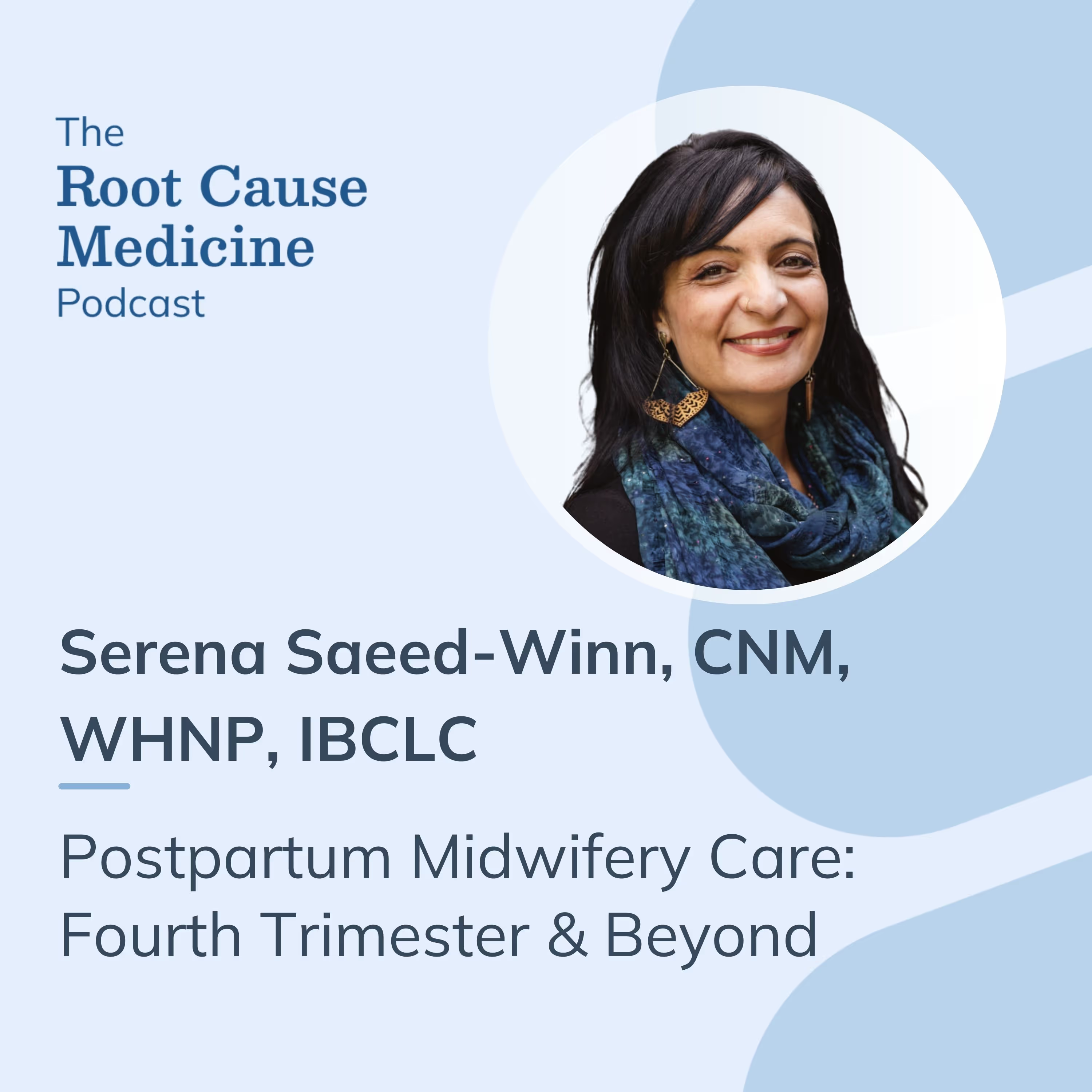


%201.svg)




